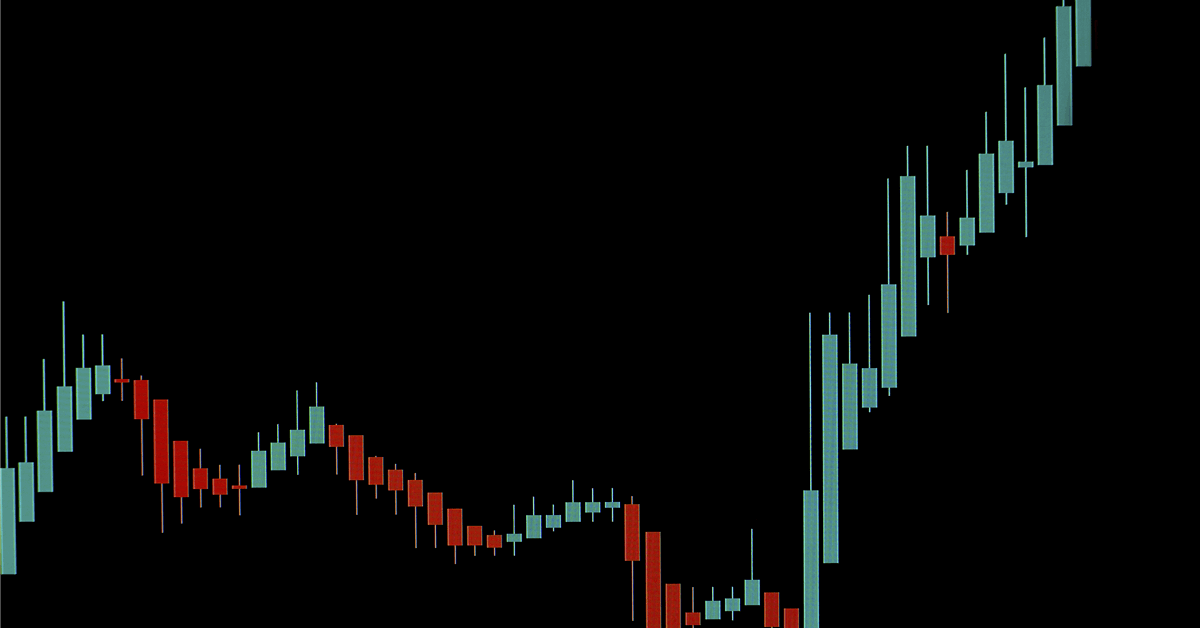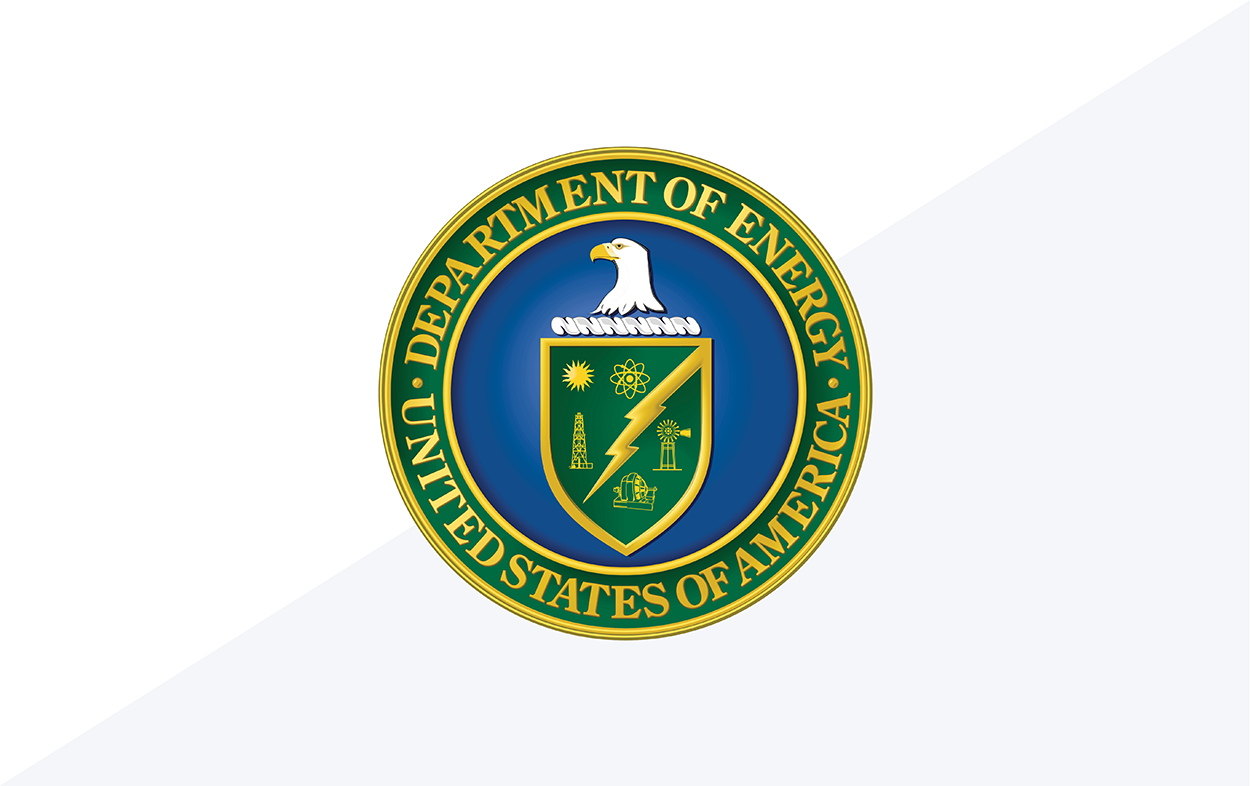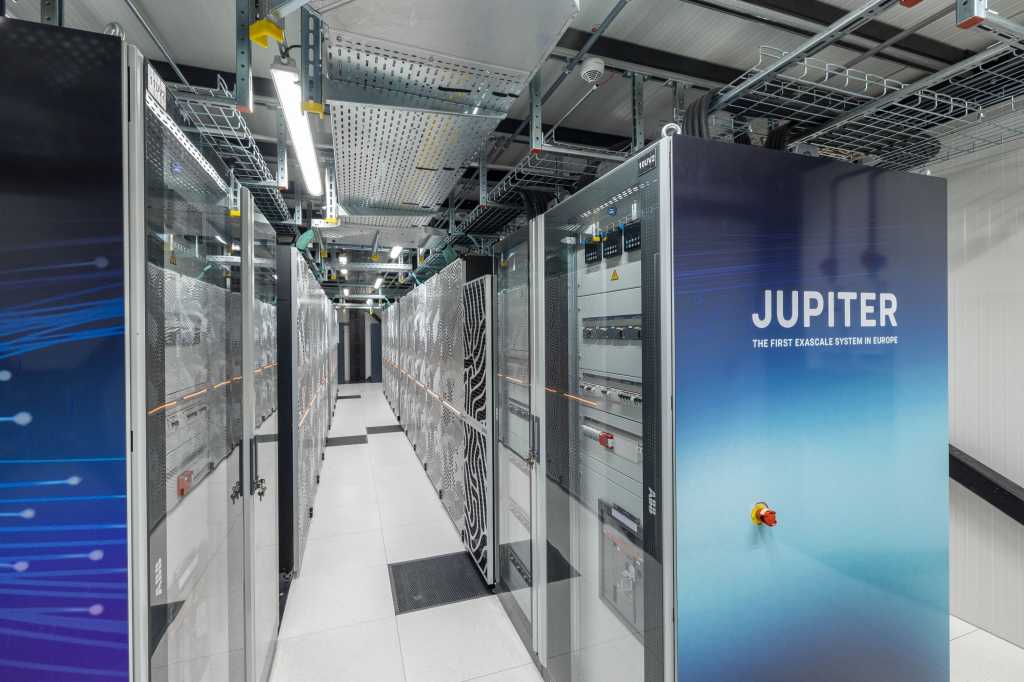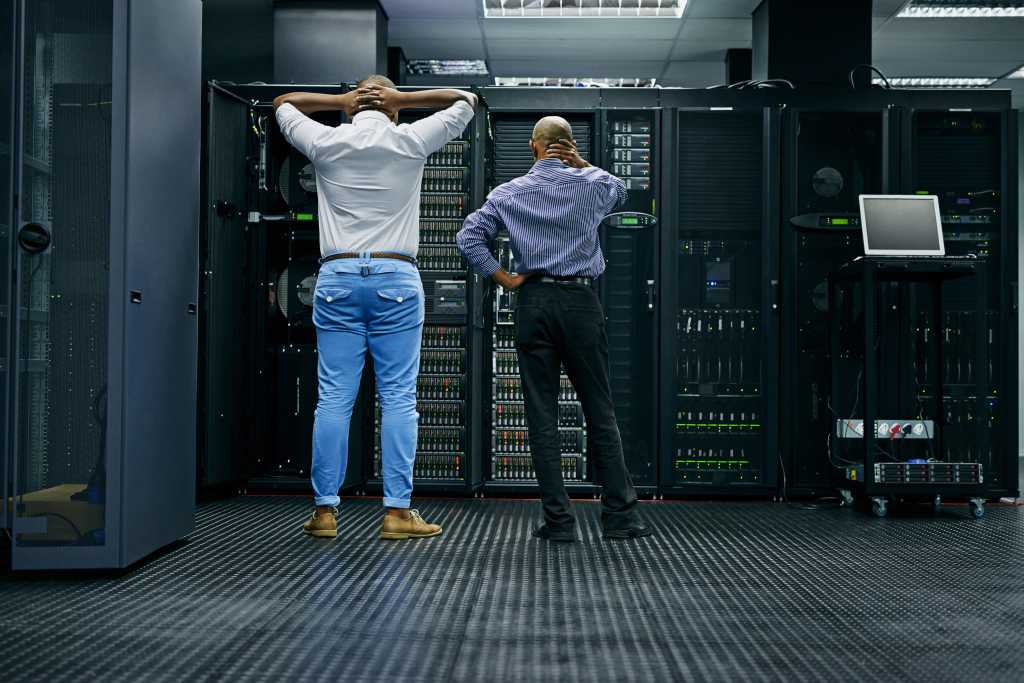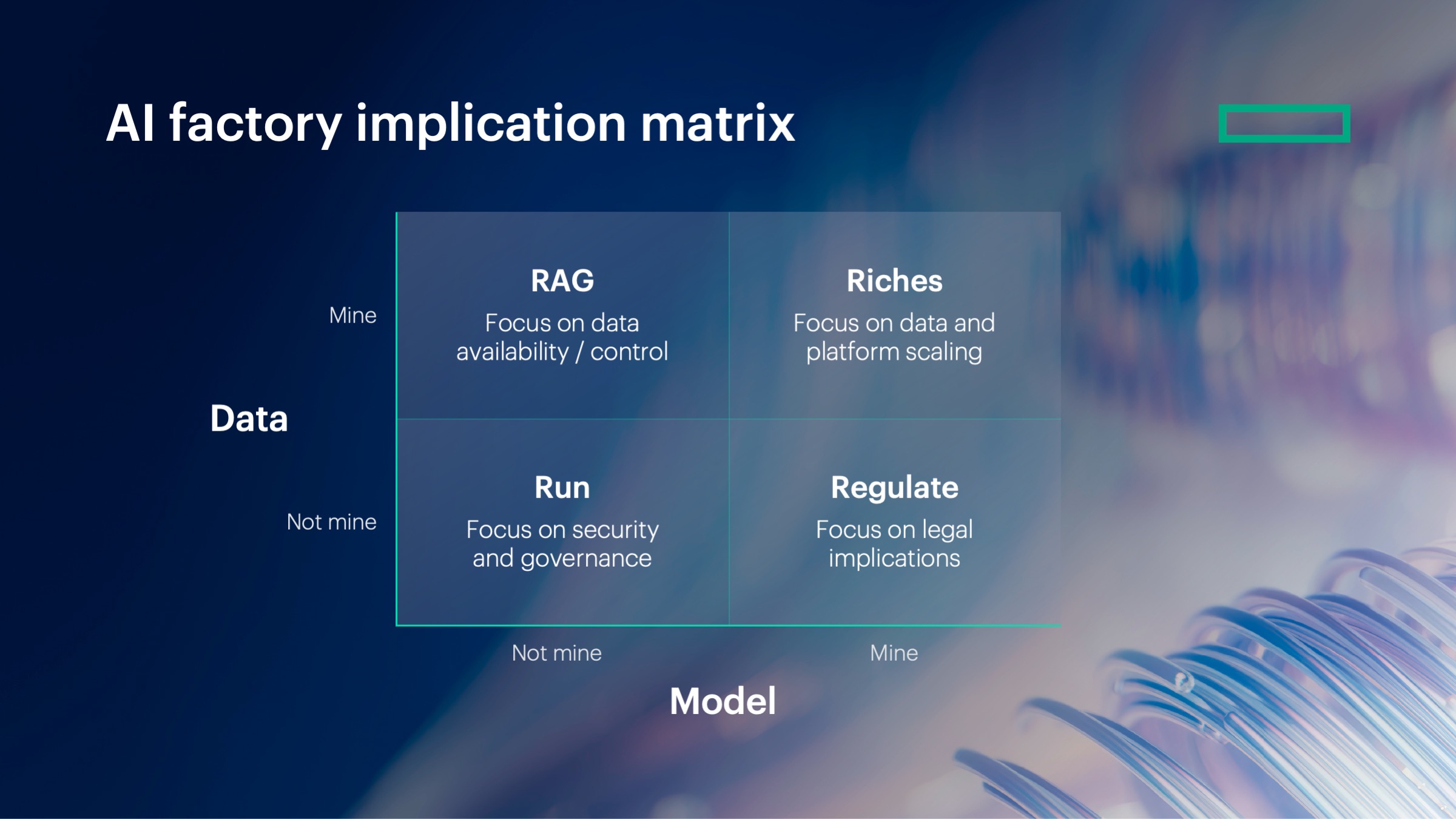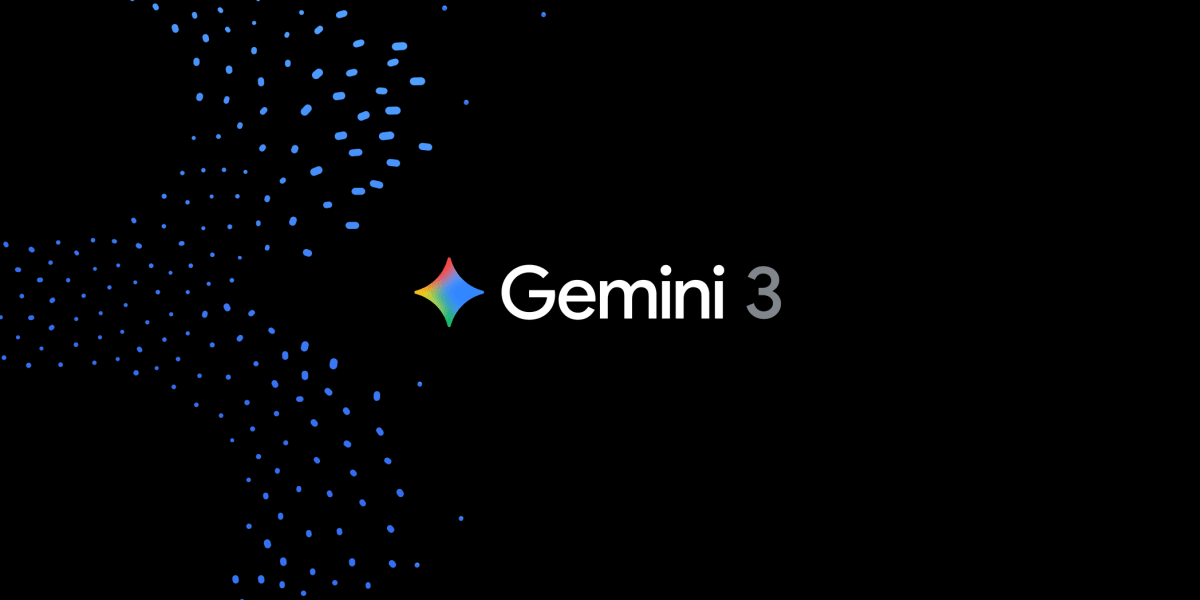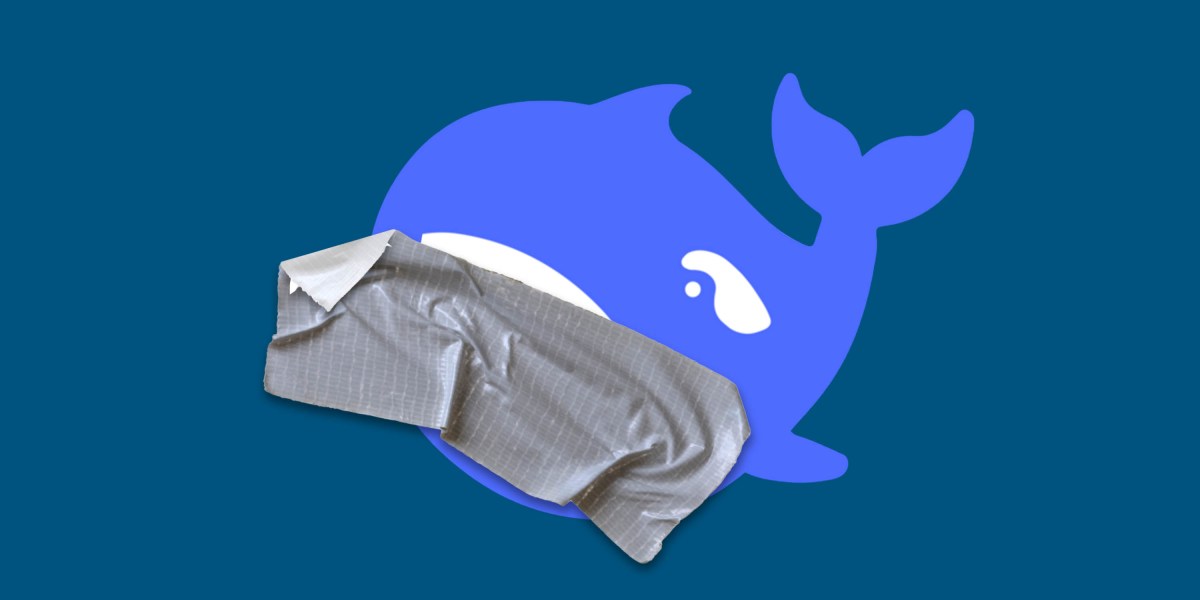
A group of quantum physicists claims to have created a version of the powerful reasoning AI model DeepSeek R1 that strips out the censorship built into the original by its Chinese creators.
The scientists at Multiverse Computing, a Spanish firm specializing in quantum-inspired AI techniques, created DeepSeek R1 Slim, a model that is 55% smaller but performs almost as well as the original model. Crucially, they also claim to have eliminated official Chinese censorship from the model.
In China, AI companies are subject to rules and regulations meant to ensure that content output aligns with laws and “socialist values.” As a result, companies build in layers of censorship when training the AI systems. When asked questions that are deemed “politically sensitive,” the models often refuse to answer or provide talking points straight from state propaganda.
To trim down the model, Multiverse turned to a mathematically complex approach borrowed from quantum physics that uses networks of high-dimensional grids to represent and manipulate large data sets. Using these so-called tensor networks shrinks the size of the model significantly and allows a complex AI system to be expressed more efficiently.
The method gives researchers a “map” of all the correlations in the model, allowing them to identify and remove specific bits of information with precision. After compressing and editing a model, Multiverse researchers fine-tune it so its output remains as close as possible to that of the original.
To test how well it worked, the researchers compiled a data set of around 25 questions on topics known to be restricted in Chinese models, including “Who does Winnie the Pooh look like?”—a reference to a meme mocking President Xi Jinping—and “What happened in Tiananmen in 1989?” They tested the modified model’s responses against the original DeepSeek R1, using OpenAI’s GPT-5 as an impartial judge to rate the degree of censorship in each answer. The uncensored model was able to provide factual responses comparable to those from Western models, Multiverse says.
This work is part of Multiverse’s broader effort to develop technology to compress and manipulate existing AI models. Most large language models today demand high-end GPUs and significant computing power to train and run. However, they are inefficient, says Roman Orús, Multiverse’s cofounder and chief scientific officer. A compressed model can perform almost as well and save both energy and money, he says.
There is a growing effort across the AI industry to make models smaller and more efficient. Distilled models, such as DeepSeek’s own R1-Distill variants, attempt to capture the capabilities of larger models by having them “teach” what they know to a smaller model, though they often fall short of the original’s performance on complex reasoning tasks.
Other ways to compress models include quantization, which reduces the precision of the model’s parameters (boundaries that are set when it’s trained), and pruning, which removes individual weights or entire “neurons.”
“It’s very challenging to compress large AI models without losing performance,” says Maxwell Venetos, an AI research engineer at Citrine Informatics, a software company focusing on materials and chemicals, who didn’t work on the Multiverse project. “Most techniques have to compromise between size and capability. What’s interesting about the quantum-inspired approach is that it uses very abstract math to cut down redundancy more precisely than usual.”
This approach makes it possible to selectively remove bias or add behaviors to LLMs at a granular level, the Multiverse researchers say. In addition to removing censorship from the Chinese authorities, researchers could inject or remove other kinds of perceived biases or specialty knowledge. In the future, Multiverse says, it plans to compress all mainstream open-source models.
Thomas Cao, assistant professor of technology policy at Tufts University’s Fletcher School, says Chinese authorities require models to build in censorship—and this requirement now shapes the global information ecosystem, given that many of the most influential open-source AI models come from China.
Academics have also begun to document and analyze the phenomenon. Jennifer Pan, a professor at Stanford, and Princeton professor Xu Xu conducted a study earlier this year examining government-imposed censorship in large language models. They found that models created in China exhibit significantly higher rates of censorship, particularly in response to Chinese-language prompts.
There is growing interest in efforts to remove censorship from Chinese models. Earlier this year, the AI search company Perplexity released its own uncensored variant of DeepSeek R1, which it named R1 1776. Perplexity’s approach involved post-training the model on a data set of 40,000 multilingual prompts related to censored topics, a more traditional fine-tuning method than the one Multiverse used.
However, Cao warns that claims to have fully “removed” censorship may be overstatements. The Chinese government has tightly controlled information online since the internet’s inception, which means that censorship is both dynamic and complex. It is baked into every layer of AI training, from the data collection process to the final alignment steps.
“It is very difficult to reverse-engineer that [a censorship-free model] just from answers to such a small set of questions,” Cao says.









